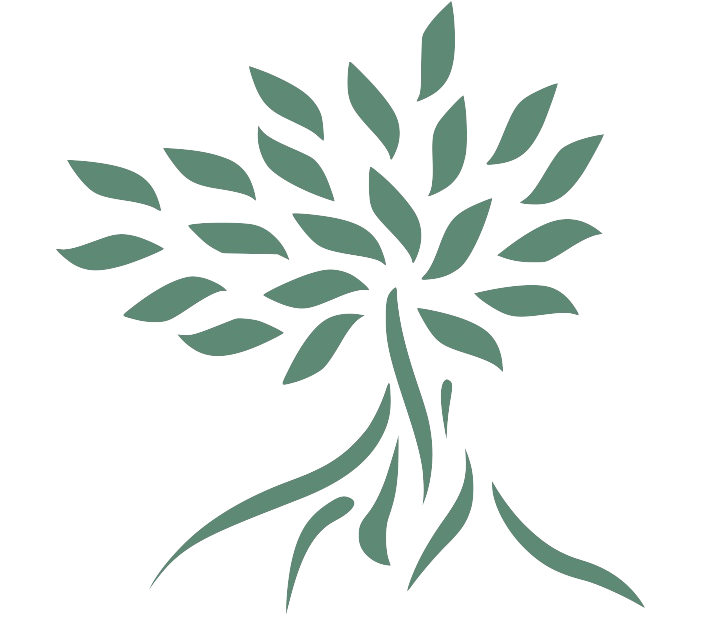Diamonds - are they ethical?
Diamonds are often associated with luxury and romance, but it's important to understand how and why choosing the right gemstone is so important.
You may have heard of the Kimberley process…
The Kimberly Process, an international certification, was established in 2003 to ensure ethical diamond mining. It intended to stop rebel groups from selling rough diamonds to fund wars. It made sure these "conflict diamonds" didn't get mixed with regular ones in global markets. Over, 80 countries, like the US, EU, Canada, China, India, and Russia, are part of this process.
Ultimately, the Kimberley Process is not enough to stop conflict diamonds from being sold. While it has helped a bit, there are better options for making sure diamonds are not from conflict areas and for seeing where they come from.
In the US the Clean Diamond Trade Act makes sellers certify their diamonds and say where they're from and globally the World Diamond Council has the System of Warranties, where merchants promise their diamonds are conflict-free and from legal sources.
Ultimately knowing the provenance of a stone is key to understand where it is from, for this reason I only work with gem dealers who have a reputation for holding high standard. I do not buy stones from international dealers on eBay.
What about the environmental and ethical impacts of diamond mining?
Diamond mining can harm the environment both directly and indirectly either through displacing people, disrupting ecosystems, or destroying habitats.
The most significant impact is destroying ecosystems and wildlife habitats. Traditional mining creates huge open pits (the image about is the Mir mine in Siberia, the World’s largest at 500m deep), which disrupt or destroy local ecosystems, and introduce pollutants like heavy metals and sulfuric acid, leading to soil and water contamination. There are few regulations to ensure responsible mining, and some practices are seriously unethical and environmentally damaging. For example, using explosives releases dust and debris, harming the environment.
There are some options which have lower environmental impact or more ethical.
The CanadaMark diamond program assures ethically sourced diamonds, respecting human rights and the environment, through a carefully managed mining program. Each stage from mine to finished stone is audited and abides by strict standards, strengthening communities, protecting wildlife, and respecting the environment.
Ocean Diamonds is a leading specialist in marine diamonds. Marine diamonds started their journey to the sea billions of years ago. They are carried along through torrent and flow of rivers until they eventually settle between gullies or become hidden within the seabed where they are recovered by divers off the West Coast of South Africa. The highly skilled, and well trained, divers work in the rough and active area near the shore, where waves always stir up the seabed. Any action they take gets erased by nature quickly. Diamond diving is a gentle way to get diamonds from the seabed, leaving little impact and no lasting evidence of the divers' work. It doesn't involve digging, explosives, or dragging equipment along the seabed.
Personally I would recommend Ocean Diamonds for quality, ethical and environmental reasons. All their stones have full certification and provenance, from the sea to that special piece of jewellery.
What about alternatives?
Yes, diamonds are unique, beautiful and very, very hard wearing, but you don't necessarily need to look to natural diamonds, there are many other options out there that are just as beautiful and unique. Some of the most popular include:
The “other” big 3: Sapphires, rubies, and emeralds have been long revered in the world of jewellery. They can be just as sparkly and colourful as diamonds, but without the hefty price tag.
Laboratory Grown Diamonds: These are diamonds that are grown in a lab, using advanced technology. They look and sparkle just like mined diamonds. They do not have the same provenance and frequently have a significantly lower price tag. Currently they certainly do not have the same second-hand value, however they give many an opportunity for a diamond piece that they otherwise would not be able to afford.
Moissanite: Moissanite is a naturally occurring mineral that was discovered by Henri Moissan in 1893. It has very similar sparkle and brilliance as a diamond, but at a fraction of the cost. The vast majority of moissanite is laboratory grown.
Other Gemstones: Aside from the gems listed above, there are many, many other options out there when it comes to gemstones. For example, topaz, spinel, zircon, and aquamarine are all stunning and unique stones that you may not have considered before.
Final thoughts
When buying jewellery, it's important to think about where your money is going and how it might affect people and the environment.
Always look for pieces that are ethically sourced and conflict-free.
All my pieces are made using materials ethically sourced and created with consideration for the environment, all of my gemstones come from dealers with a good reputation who have the same core values as I do. All the precious metals I use are either recycled or SMO (Single Mine Origin there is a journal post on this here).
If you have any questions, please drop me an email.



